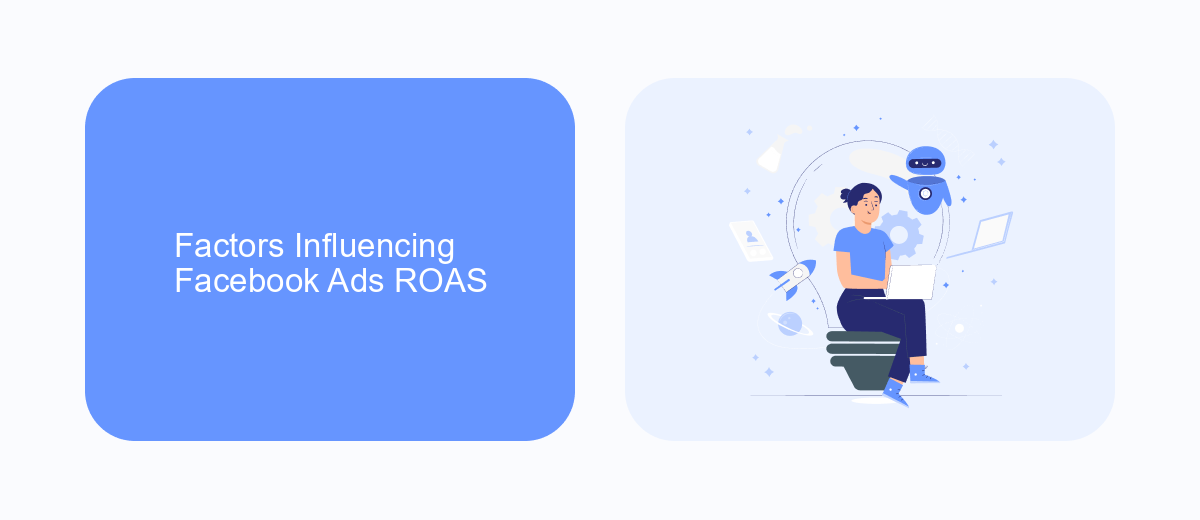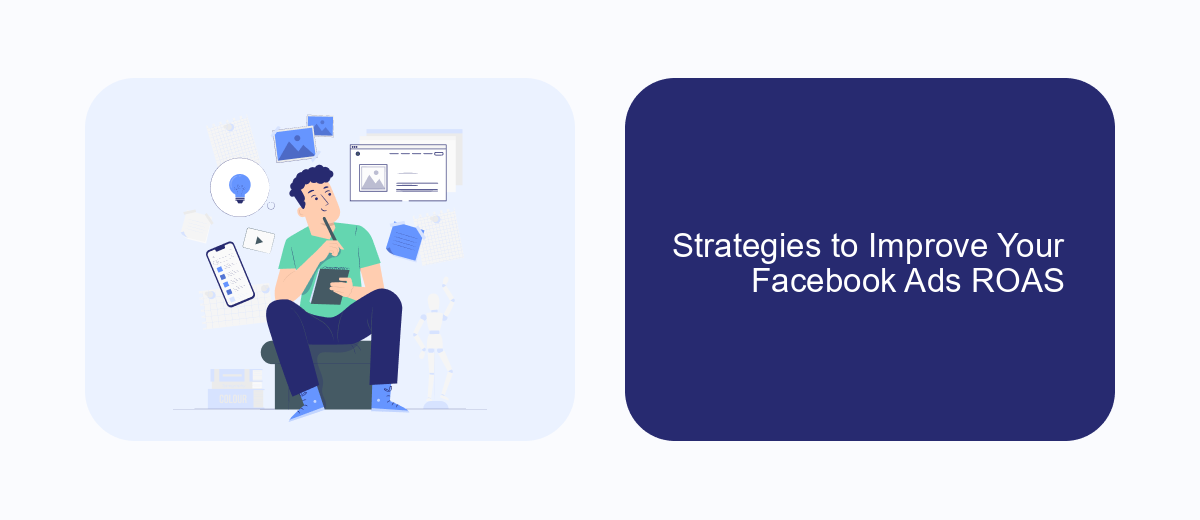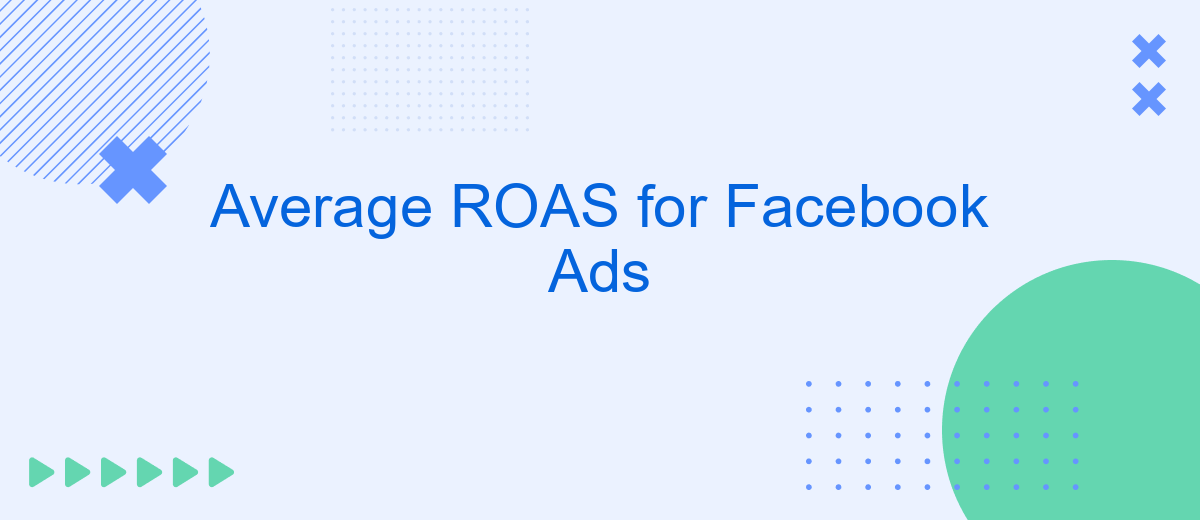In today's competitive digital marketing landscape, understanding the average Return on Advertising Spend (ROAS) for Facebook Ads is crucial for businesses aiming to optimize their advertising strategies. This metric provides insights into the effectiveness of ad campaigns by measuring the revenue generated for every dollar spent. By analyzing industry benchmarks and trends, marketers can make informed decisions to maximize their advertising investments and drive business growth.
Understanding ROAS and its Importance for Facebook Ads
Return on Advertising Spend (ROAS) is a critical metric for evaluating the effectiveness of advertising campaigns, particularly on platforms like Facebook. It measures the revenue generated for every dollar spent on advertising, providing insight into the profitability of your ad strategies. Understanding ROAS allows businesses to allocate their budgets more efficiently and optimize campaigns to maximize returns.
- Measurement: ROAS is calculated by dividing the revenue generated by the ad spend.
- Optimization: By analyzing ROAS, advertisers can identify which campaigns are performing well and which need adjustments.
- Budget Allocation: Helps in determining where to allocate more budget for maximum impact.
- Performance Tracking: Offers a clear picture of the return on investment from advertising efforts.
For Facebook Ads, understanding ROAS is particularly important as it helps advertisers navigate the platform's complex ad ecosystem. With a myriad of targeting options and ad formats available, knowing which strategies yield the best ROAS ensures that businesses can achieve their advertising goals efficiently. By focusing on ROAS, advertisers can make data-driven decisions that enhance the overall effectiveness of their Facebook advertising campaigns.
Factors Influencing Facebook Ads ROAS

Several factors significantly impact the Return on Ad Spend (ROAS) for Facebook Ads. One of the primary influences is audience targeting. Accurately defining and reaching the right audience can dramatically enhance ad performance, leading to higher ROAS. Factors such as demographics, interests, and behaviors should be meticulously considered and tested. Additionally, ad creatives play a crucial role; engaging visuals and compelling copy can capture attention and drive user action, directly affecting the ad's effectiveness. Moreover, the timing and frequency of ads can influence user engagement and conversion rates, thus impacting ROAS.
Another critical factor is the integration of data and analytics tools. Utilizing platforms like SaveMyLeads can streamline the process of connecting Facebook Ads with CRM systems, ensuring that leads are efficiently managed and followed up. This integration can improve conversion rates and customer retention, thereby enhancing ROAS. Furthermore, continuous monitoring and optimization of ad campaigns based on performance metrics allow for strategic adjustments, ensuring that advertising budgets are utilized effectively to maximize returns. Regularly updating strategies based on data insights is essential for sustaining and improving ROAS over time.
Industry Benchmarks and Average ROAS for Facebook Ads

Understanding industry benchmarks for Return on Ad Spend (ROAS) in Facebook Ads is crucial for marketers aiming to optimize their campaigns. ROAS is a key metric that helps advertisers evaluate the efficiency of their ad spend by comparing revenue generated to the amount spent on ads. Different industries have varying average ROAS values, largely due to differences in consumer behavior, competition, and product pricing.
- E-commerce: The average ROAS is around 4.0, indicating that for every dollar spent, four dollars are earned back.
- Travel and Hospitality: Typically sees a lower average ROAS of about 2.5 due to higher competition and longer sales cycles.
- Technology and Software: Often achieves a higher average ROAS of approximately 5.0, benefiting from high-value products and services.
- Retail: Averages a ROAS of 3.5, reflecting a balance between high volume and moderate competition.
These benchmarks provide a useful reference point for advertisers to assess their performance against industry standards. However, it's important to consider that individual campaign results can vary significantly based on targeting, creative strategy, and market conditions. Regularly analyzing and adjusting ad strategies is essential for achieving optimal ROAS outcomes.
Strategies to Improve Your Facebook Ads ROAS

To enhance the Return on Ad Spend (ROAS) for your Facebook Ads, it's crucial to focus on optimizing your ad strategy. Begin by understanding your target audience thoroughly. Use Facebook's audience insights to identify the demographics, interests, and behaviors of your potential customers. This will help you create tailored ad content that resonates with your audience, increasing engagement and conversion rates.
Another essential strategy is to continuously test and refine your ads. A/B testing different ad creatives, headlines, and calls-to-action can provide valuable insights into what works best for your audience. Analyze the performance data to identify high-performing ads and allocate more budget to them while pausing underperforming ones.
- Utilize Facebook's Lookalike Audiences to reach new potential customers similar to your existing ones.
- Implement retargeting campaigns to re-engage users who have interacted with your brand but haven't converted yet.
- Optimize your landing pages to ensure a seamless user experience, which can significantly impact conversion rates.
Lastly, keep a close eye on your ad frequency. High frequency can lead to ad fatigue, causing your audience to ignore your ads. By monitoring and adjusting the frequency, you can maintain audience interest and improve your overall ROAS.
Measuring and Analyzing Your Facebook Ads ROAS
To effectively measure and analyze your Facebook Ads ROAS (Return on Advertising Spend), start by setting clear goals and tracking relevant metrics. Utilize Facebook Ads Manager to monitor performance indicators such as conversion rate, click-through rate, and cost per acquisition. These metrics will provide insights into how well your ads are performing and where adjustments might be needed. Additionally, segment your audience to understand which demographics are responding best to your ads, allowing for more targeted and efficient ad spend.
For a more streamlined approach, consider integrating your Facebook Ads data with other platforms using tools like SaveMyLeads. This service can automate data transfer, allowing you to consolidate information from various sources and gain a comprehensive view of your marketing efforts. By analyzing this aggregated data, you can identify trends and make informed decisions to optimize your ROAS. Regularly review your strategy and adjust your campaigns based on the insights gained to ensure you are maximizing your advertising investment.
FAQ
What is a good average ROAS for Facebook Ads?
How can I improve my ROAS on Facebook Ads?
What factors affect ROAS on Facebook Ads?
How do I calculate ROAS for my Facebook Ads campaigns?
Can automation tools help improve ROAS for Facebook Ads?
Use the SaveMyLeads service to improve the speed and quality of your Facebook lead processing. You do not need to regularly check the advertising account and download the CSV file. Get leads quickly and in a convenient format. Using the SML online connector, you can set up automatic transfer of leads from Facebook to various services: CRM systems, instant messengers, task managers, email services, etc. Automate the data transfer process, save time and improve customer service.
